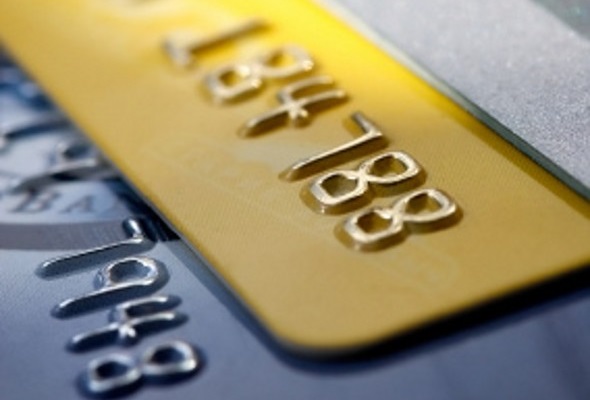Establishing a good credit rating is one of the most important things you can do to get ahead financially. If you intend to buy a car or home, the financing will be both easier and considerably cheaper if you have a good credit score. If you have no credit history yet, you need to be strategic about establishing and maintaining it. If you have a negative credit history, take immediate steps to repair it. Once you are in good standing, time will be your best friend. One of the ironies of credit is that debt is considered a positive thing. If you have no debt, you would think lenders would see you as low risk. But the opposite is true. What lenders look for is a history of timely repayment on debt.
Establish Credit for the First Time
If you have never had credit, you face an uphill battle to establish it. This is the situation for a lot of young people as well as recently nationalized immigrants. For the latter group, a positive credit history abroad does not count toward U.S. credit ratings.
There are two good strategies for establishing your first credit account.
The first is to get a secured credit card. Most credit card companies will not give you a standard credit account without credit history. But if you have a deposit account, your bank will usually offer you a credit card secured against your deposits. The available balance is typically small ($500-$750), but if you charge a few things per month and make the payments on time, this will begin to show a positive credit history.
The second strategy for first timers is to co-sign with someone else who has a positive credit history. Credit card companies and some auto loan companies will be willing to lend to one borrower with no credit if there is a second borrower who has good credit. Mortgage financing is stricter. Often the lender will require there to be two borrowers with good credit and sufficient income to qualify, before they will allow a third borrower who has no credit history.
Once you have your first account, make absolutely sure that you treat it responsibly. Your actions will literally affect your borrowing power for the rest of your life.
Repair Damaged Credit
There are a number of factors that may have damaged your credit: multiple late payments, judgment and collection accounts, maxed-out accounts, or events such as bankruptcy, foreclosure, repossession or charge-off.
To repair the damage from these events, the main thing that will help is simply time. First, obviously, any balance that is past due or in collection-status needs to be brought current. After that, the longer you make on-time payments, the higher your credit score will go. Six months of on-time payments after negative credit events is good, a year is better, and two years will begin to have a significant positive impact.
Depending on how bad your credit situation is, you may have to pursue a similar strategy to first-time credit users and get a secured credit card from your bank. But if you already have a credit card, even if it has gone delinquent, once you bring it current, it can be used to re-establish credit.
Check Your Credit Regularly
Whether you have no credit, are looking to repair negative credit, or simply want to maintain your credit profile, you should make a habit of checking your credit every year. Get a free report at Annual Credit Report. Check for errors, duplicate accounts, and any negative accounts you may not have been aware of.
If anything erroneous does show on your report, don’t be shy to dispute it. You should not bear the consequences of wrong information. Contact the creditors directly. If they do not cooperate, engage the help of a credit repair specialist to fight on your behalf.
Whether or not you anticipate needing financing in the near future, taking the steps now to establish and repair your credit is one of the best things you can do for your financial security.
